- Joined
- Oct 9, 2007
- Messages
- 47,670 (7.43/day)
- Location
- Dublin, Ireland
| System Name | RBMK-1000 |
|---|---|
| Processor | AMD Ryzen 7 5700G |
| Motherboard | Gigabyte B550 AORUS Elite V2 |
| Cooling | DeepCool Gammax L240 V2 |
| Memory | 2x 16GB DDR4-3200 |
| Video Card(s) | Galax RTX 4070 Ti EX |
| Storage | Samsung 990 1TB |
| Display(s) | BenQ 1440p 60 Hz 27-inch |
| Case | Corsair Carbide 100R |
| Audio Device(s) | ASUS SupremeFX S1220A |
| Power Supply | Cooler Master MWE Gold 650W |
| Mouse | ASUS ROG Strix Impact |
| Keyboard | Gamdias Hermes E2 |
| Software | Windows 11 Pro |
Sapphire is among the first AMD add-in-board (AIB) partners to launch a Radeon VII graphics card. The card sticks to AMD reference board design, which the company unveiled at its CES 2019 keynote. Interestingly, its GPU engine boost frequency is set at 1750 MHz, which is less than the 1800 MHz boost frequency figure that was mentioned by the company earlier. Could it be that AMD is reserving 1800 MHz for cards directly sold on AMD.com? The memory frequency is unchanged at 1000 MHz, which works out to an HBM2 memory bandwidth of 1 TB/s. Sapphire's box for this card lists out key specifications upfront, and also features the Vega II logo. It's likely that the card will be sold at the baseline price of $699, given that there are no other variants of this card, not even custom-design.
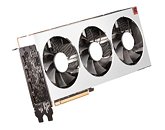
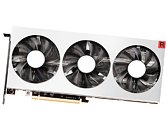
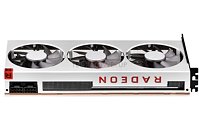
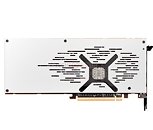
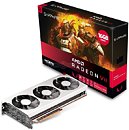
View at TechPowerUp Main Site





View at TechPowerUp Main Site



 It's standard 1000s I think. i.e. 1750MHz == 1.75GHz.
It's standard 1000s I think. i.e. 1750MHz == 1.75GHz.
